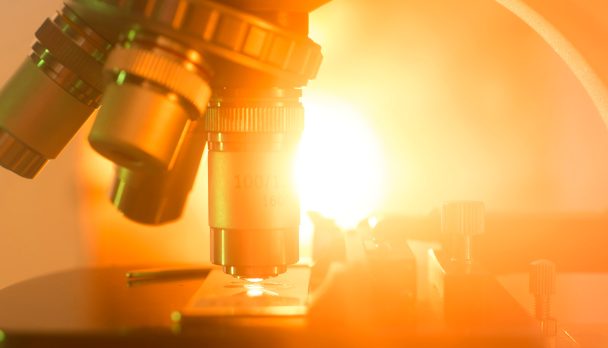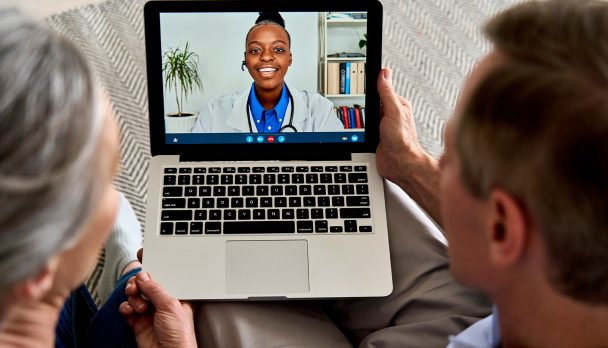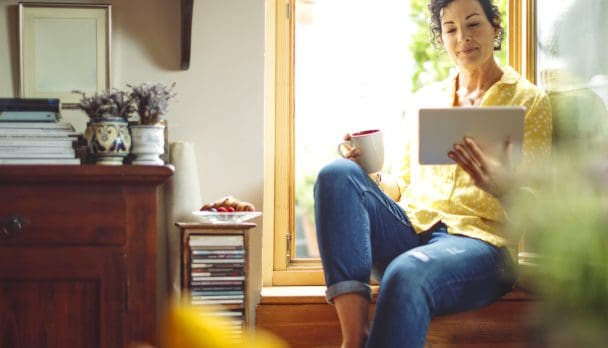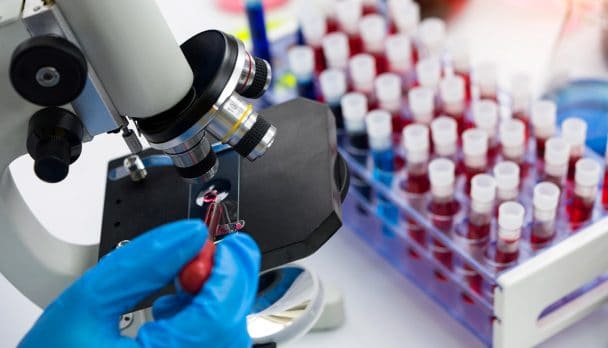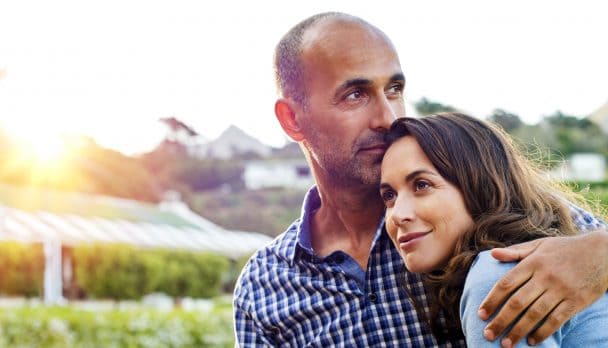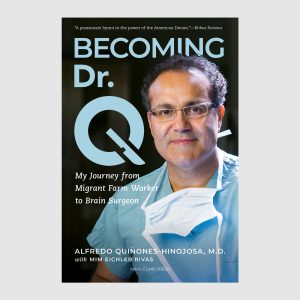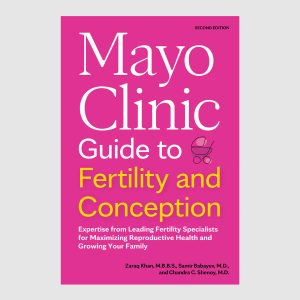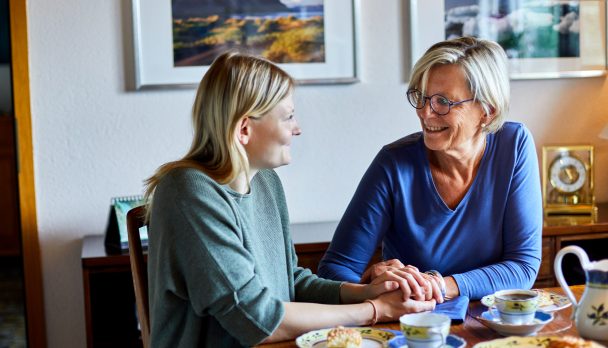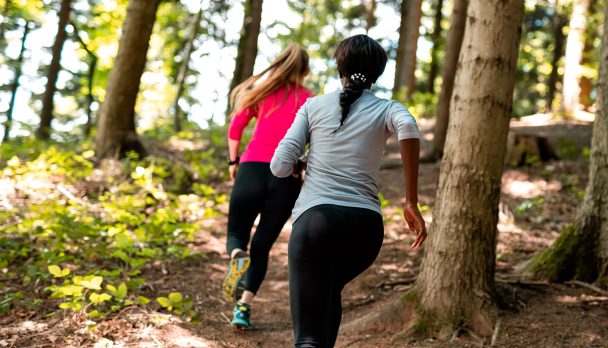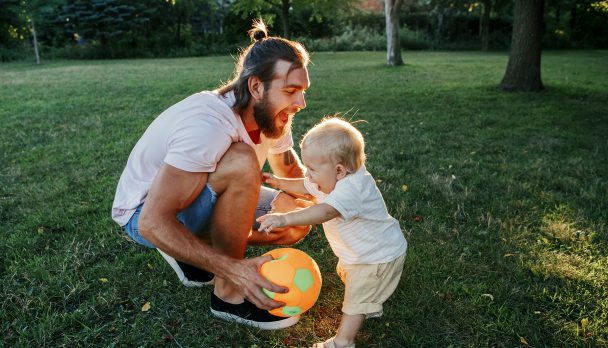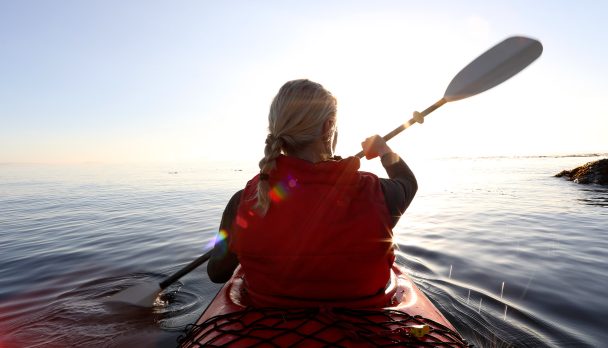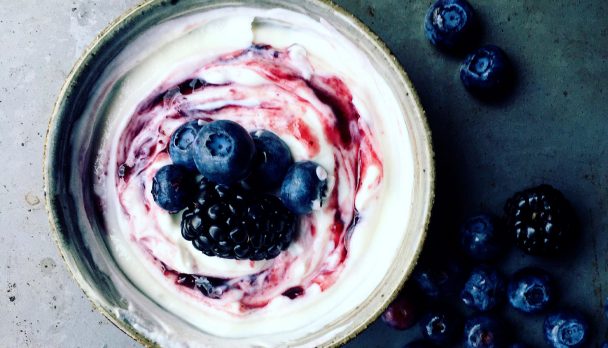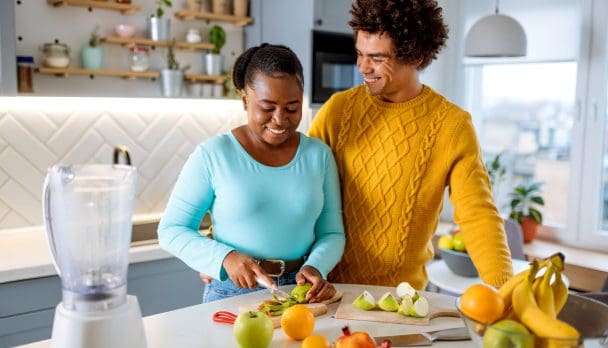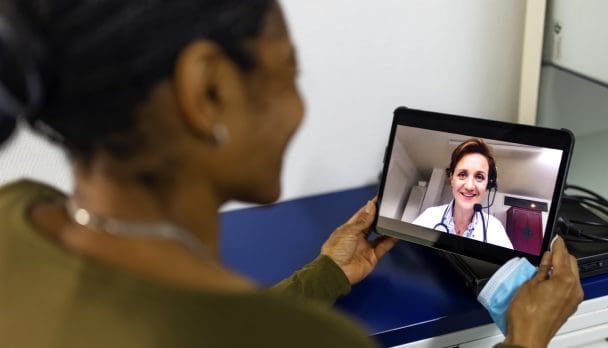
Women typically spend the last 14 years of their lives in a cascade of health issues. And while current research suggests that some 70 to 90% of your health and longevity is under your control—rather than at the mercy of your genes—the reality is that most women are not taking advantage of the measures that could lead to a longer and happier life. Ageless Aging is a holistic plan based on cutting-edge science designed to help women take advantage of medical, psychological, and spiritual tools to feel younger for longer. Maddy Dychtwald provides a trusted guide to help you navigate the challenges and triumphs for women to live longer and live better.
You, me, and all of humanity are in the midst of a great leap forward in human longevity. Simply put, we’re living much longer than ever before, especially us women . . . and we’re not necessarily well prepared for this journey of longer life. Up until about the turn of the twentieth century, most people didn’t age, they died. Sure, some people lived long lives, but they were the exception, not the rule. On the first day of the twentieth century, January 1, 1900, the average American lived to age forty-seven. By the end of that century, average American life expectancy had skyrocketed to seventy-nine years, more than an extra three decades of life. The COVID- 19 pandemic took a bite out of this— about two years— but longevity is projected to rise by another five to ten years in the next decade or two. And with numerous breakthroughs in medicine, technology, and research that have the potential to prevent or reverse disease on the horizon, that number is sure to go up even more than projected. Incredibly, centenarians are now the fastest-growing segment of the world’s population. This news is even more meaningful for women, because we live an average of six years longer than men. I call these extra years our longevity bonus. It’s a little like we’ve won the longevity lottery. In fact, a full 80 percent of the centenarians alive today are women. It is entirely feasible that you may live to one hundred.
But there’s a downside to this bonus, and it’s no joke: as Judith Lorber and Lisa Jean Moore point out in their book Gendered Bodies: Feminist Perspectives, men die quicker, but women get sicker. Our healthspans— the number of years we live in good health and vitality— don’t match our lifespans. Women tend to spend more years in poor health at the end of their lives than men do, even when you correct for their longer lives. The net result is that millions of women spend the last years of life coping with aches and pains and undergoing an increasing number of treatments for chronic degenerative diseases such as cancer, heart disease, and diabetes. And even before we reach our final years, we spend a lot of time and energy worrying about eventually outliving our money and being a burden to our families. Unfortunately, this is how I started to feel when I was in my sixties. I developed terrible pain in my hips, and eventually it got so bad that, after decades of an active and healthy lifestyle, I was walking with a limp, which made me feel older than my chronological age. I struggled to come up with any real solutions for my pain. I got by on over the counter anti- nflammatories, but I knew that wasn’t a long- term strategy. I experimented with massage, acupuncture, platelet-rich plasma (PRP) treatments, and pretty much everything legal except opioids, but any relief was short- lived.
My mind went to dark places, imagining all the experiences I would miss in my later years— traveling with my family, taking a rigorous hike with friends, and playing on the floor with my grandkids (even though they were just an idea at that point— and still are). Finally, in desperation, I had an MRI. It revealed a scary picture. Due to genetic hip dysplasia (which I was unaware of), I had worn down the cartilage to the point that I was literally bone- on- bone in both hips. With every movement, the bones were rubbing against each other, causing friction, more damage, and excruciating pain. Even the surgeons were surprised to see such an extreme case in someone of my age. (I was sixty- eight when I first learned this— youngish for this to take place.) I went from doctor to doctor, trying to figure out the right action for me. Finally I asked a top orthopedic surgeon specializing in hip surgery at the University of California, San Francisco (UCSF), what he would do if he were me. He said, “I’d do both hips at once through an anterior procedure. And I’d have it done by a surgeon who does nothing but hip surgeries and specializes in bilateral replacement.” I took his advice, but the surgeon I found had a three-month waiting list. What was I supposed to do in the meantime? When I asked my orthopedist for advice on precovery— things I could do to manage pain, keep my life going, and prepare for a successfulsurgery and recovery— he told me to buy a cane. I thought he was kidding, but he was not. I was convinced there had to be a better solution.
Why I wrote this book
I’m not only a woman facing her own aging; I’m also close to a forty year veteran of the fields of aging and longevity. In 1986, my husband, Ken, and I founded Age Wave, long considered North America’s leading think tank and consultancy on aging, longevity, and retirement issues. While I am not a doctor, a financial advisor, or a spiritual guru (and you should of course consult with your doctor about any health concerns you have and your financial advisor about investment strategies), I am a thought leader, writer, researcher, social scientist, and longtime curator of information about longevity and aging in the areas of health, mental and emotional well- being, retirement, lifestyle, and finances. As a direct result of my work and my personal experience, I strongly believe women should be leading this longevity revolution, especially since we are the ones who are typically living longer. I also believe that the more informed we are, the more proactive we can be about making the choices and taking the actions that can foster better health in all areas of our lives.
Over the years at Age Wave, we’ve completed landmark research (albeit not medical research) with more than 200,000 survey respondents, conducted countless focus groups worldwide, interviewed other top experts, and analyzed thousands of reports, papers, and datasets. My work at Age Wave gives me direct access to top researchers and academics in a wide swath of fields (including medicine, psychology, and gerontology), clinicians, and financial professionals. In this book, I’ll share not only what they recommend to their patients and clients, but also what they are doing for themselves and what they whisper in the ears of the women they care about: their personal recipes for extending both healthspan and lifespan.
Why you need to read this book
It’s time for us women to learn how to better match our healthspan to our lifespan so that our longer life is a gift, not a curse. We women can show the world how long life can be done right and what can be accomplished with all these extra years. To do this, women need to be at the center of the conversation, shaping the future of longevity. Women hold the power to change the narrative of longevity and aging for all— to emphasize the gifts of long life while taking the steps needed to prevent, delay, and minimize physical and mental deterioration. These common effects of aging are the biggest downsides of long life, and they keep us from seeing the full upside of longevity— including our wisdom, experience, resilience, and perspective.
How can we make the most of our longevity bonus and model a healthier, more vital aging, exactly? You’ll learn— and, more importantly, own— the truth that, to a great extent, you can heavily influence your healthspan, your brainspan, and maybe even your lifespan. You’ll be able to customize a holistic recipe to guide your aging journey. Going well beyond the basics, I acknowledge the interconnection between our body, mind, and spirit; our health and sense of purpose; and our financial well-being and mental and physical health. After all, the different facets of your life don’t exist in separate silos. If you aren’t moving your body much, your mental health and sleep can suffer. If you’re sleep deprived, your appetite and your hormones can get out of whack. If you are worried about money, it can negatively impact your physical and mental health. The positive reframing of these truths is that when you start taking care of one aspect of your life, others are likely to improve as well— a rising tide that lifts all boats.
Excerpted from Ageless Aging by Maddy Dychtwald.
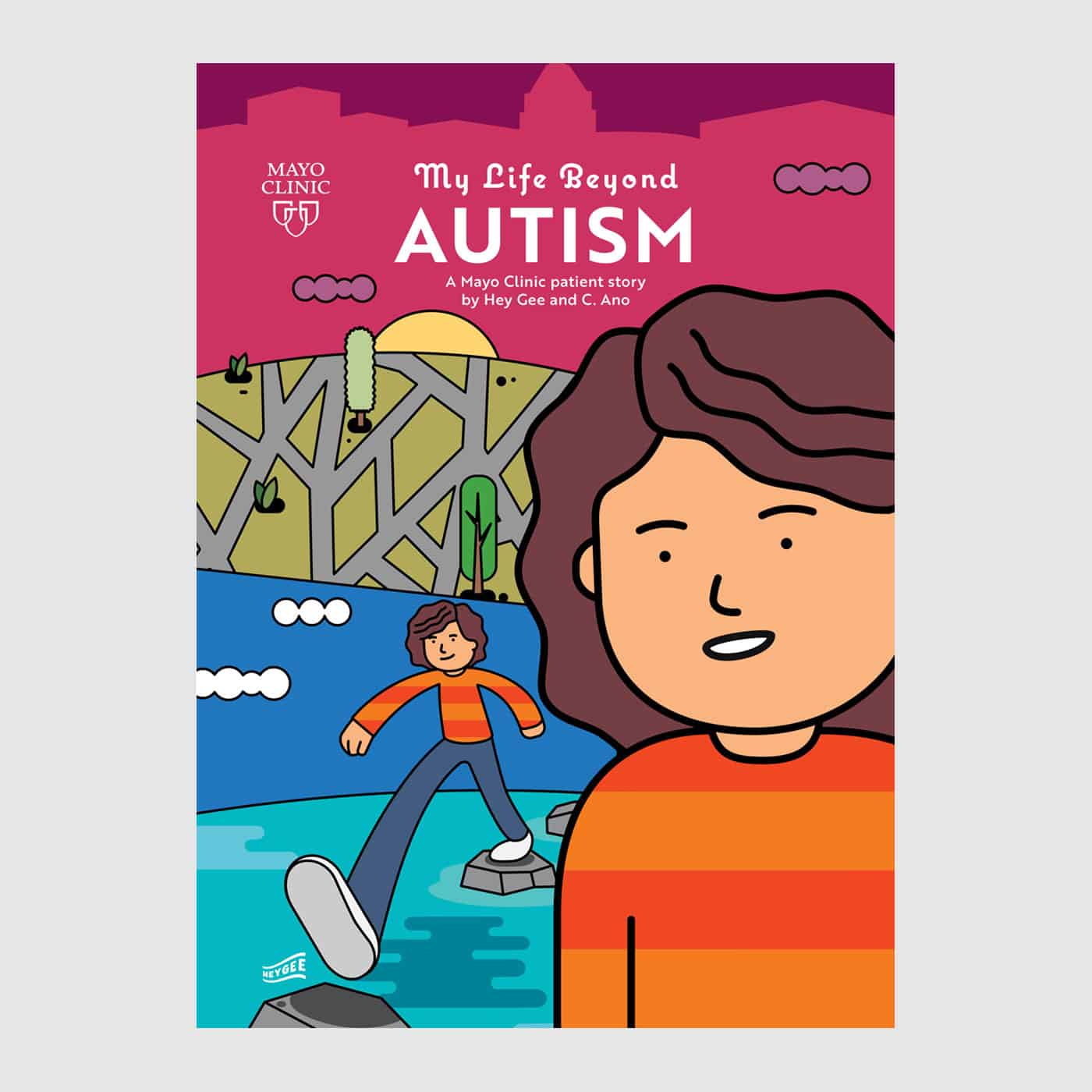
Relevant reading
My Life Beyond Autism
Tracy likes to draw, make movies and play, just like other kids. She also has autism spectrum disorder. This means she processes many everyday situations differently, such as making friends. Over time, she’s learned tricks for communicating and coping when things are hard for her. Follow along as Tracy gives…

